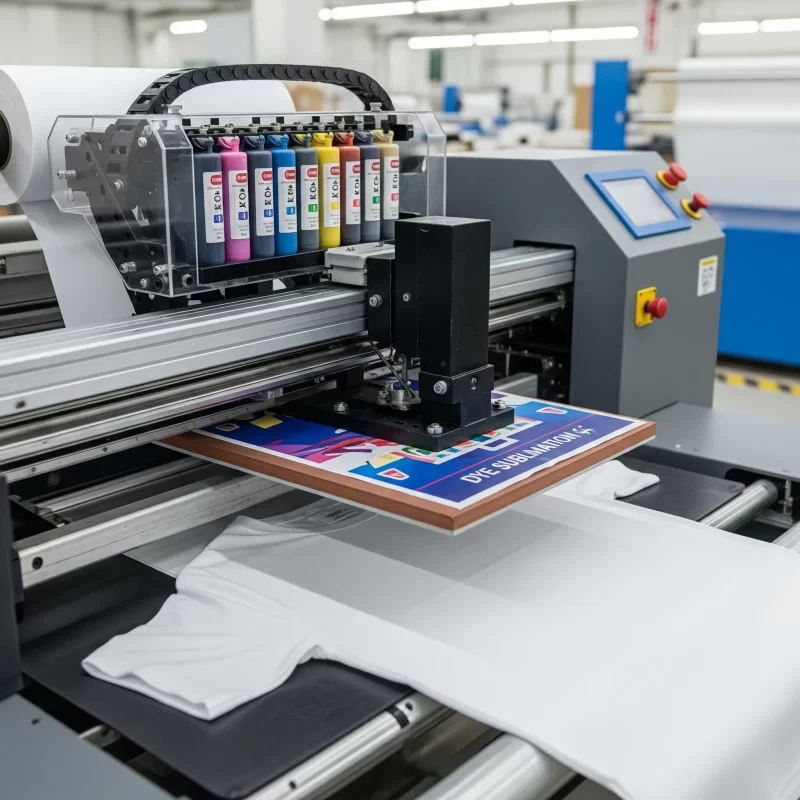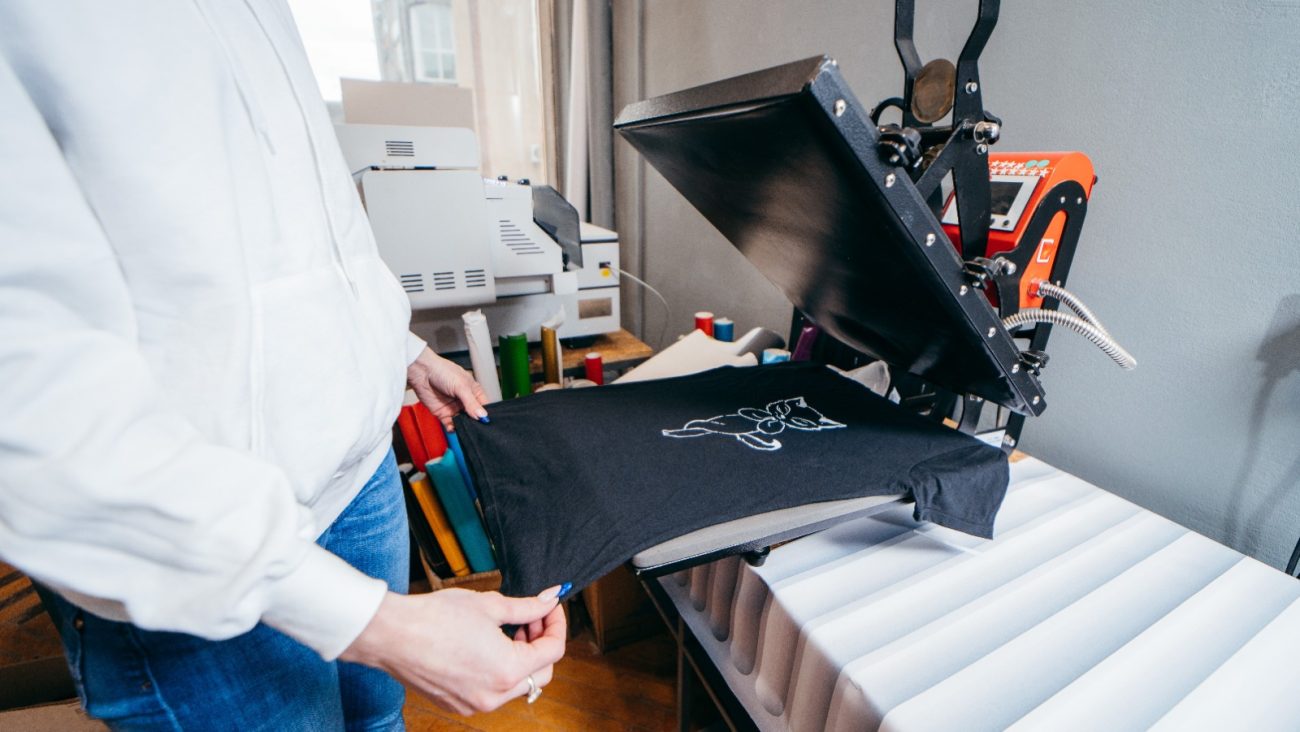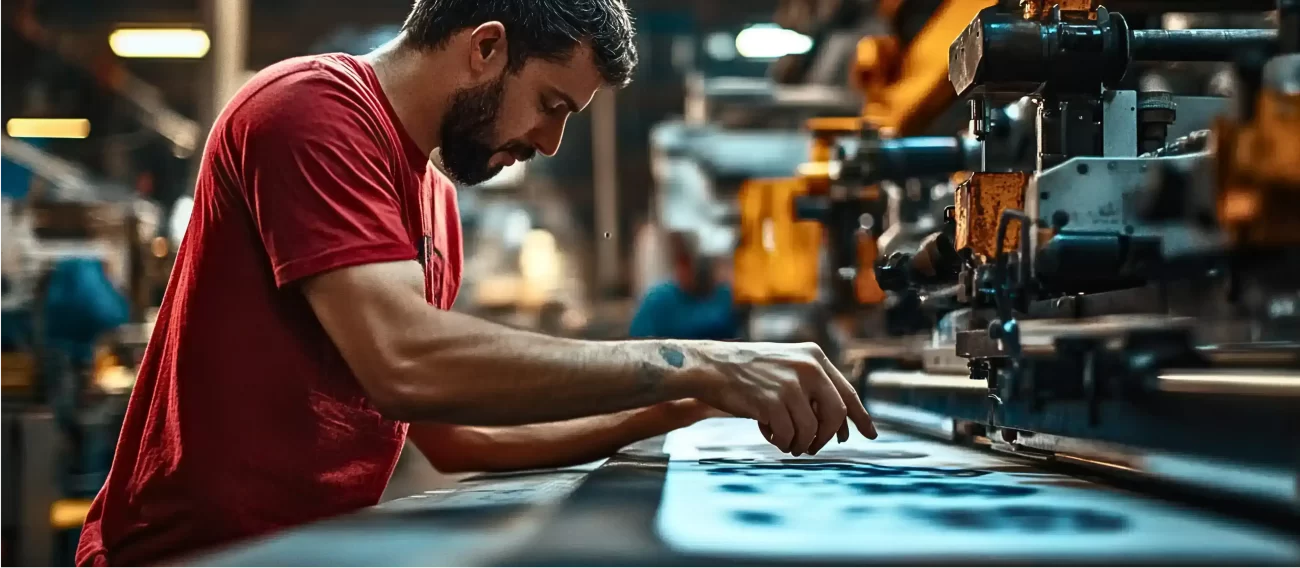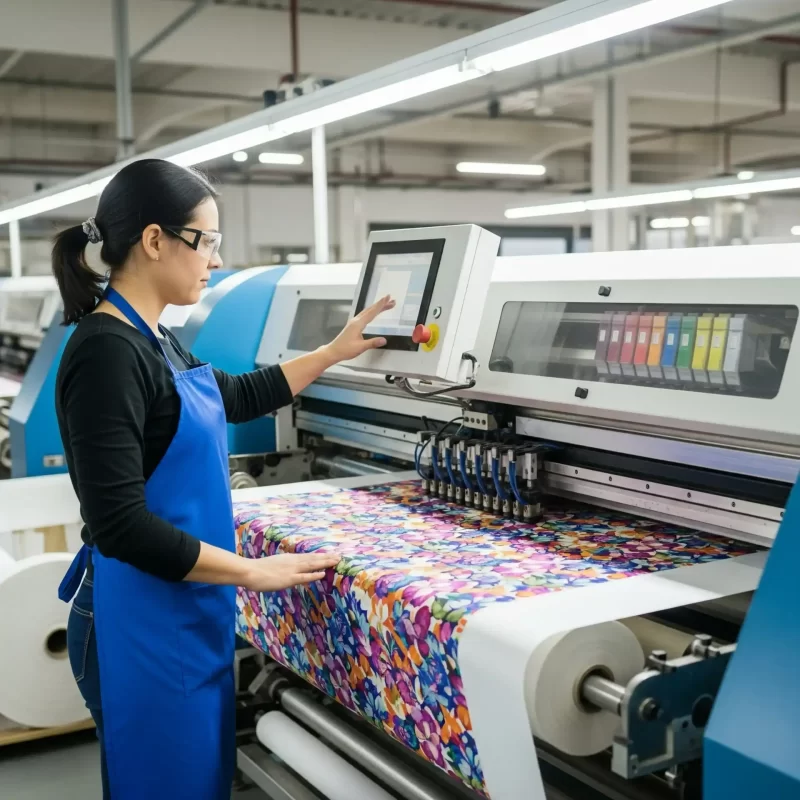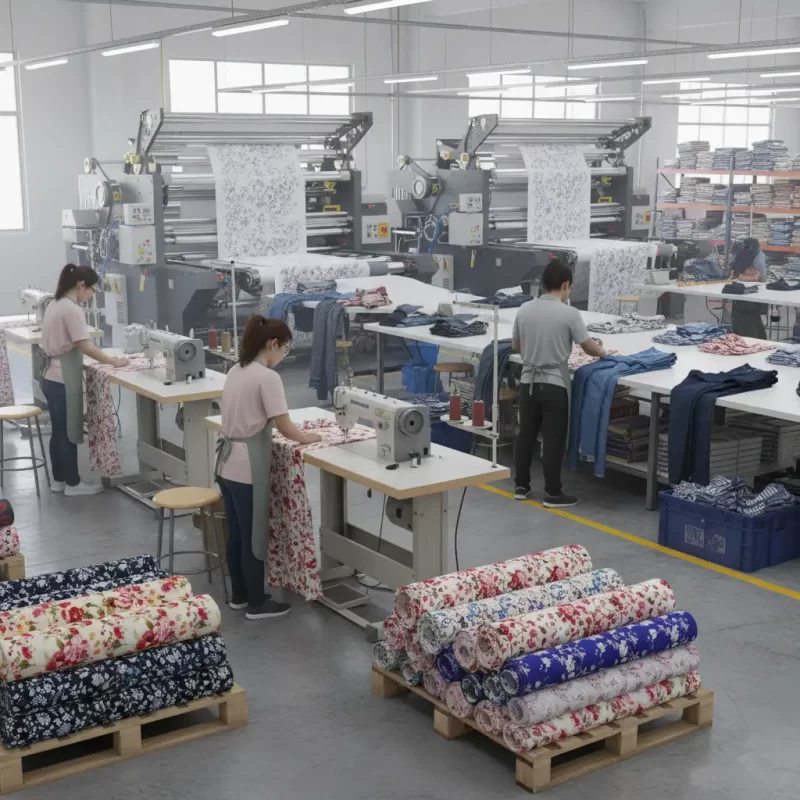Dye sublimation printing has revolutionized the textile industry, offering vibrant and durable prints on a wide range of fabrics. This article explores the advantages and disadvantages of dye-sublimation printing, providing a comprehensive understanding of this increasingly popular method. Whether you’re in the textile, garment, or promotional products industry, understanding the nuances of dye sublimation will empower you to make informed decisions and leverage its potential.
Understanding the Sublimation Process
What is Dye Sublimation Printing?
Dye sublimation printing is a digital printing method that utilizes heat to transfer dye onto materials such as polyester fabric. Unlike traditional printing methods where ink sits on the surface, in dye sublimation, the ink becomes part of the fabric. This unique sublimation process involves converting a solid dye into a gas, which then permeates the polyester fibers and solidifies, creating a permanent, high-resolution, full-colour image. Dye sublimation printing is widely used for creating custom clothing, sportswear, flags, and various promotional items.
The Heat Transfer Method Explained
The heat transfer method in dye sublimation printing begins with a digitally printed image on transfer paper using special sublimation inks, typically using a cmyk color model to create full-color designs. Once the design is printed, the transfer paper and the polyester fabric are placed together in a heat press. Applying heat and pressure causes the solid dye on the transfer paper to sublimate, transforming it into a gas. This gas permeates the fibers of the polyester fabric, creating a vibrant and durable print. When the heat is removed, the dye returns to a solid state, effectively becoming part of the fabric, ensuring the image won’t crack or fade easily. This method is distinct from inkjet printing where ink remains on the surface.
Key Components of the Sublimation Process
Here are several key components vital to the success of the sublimation process. These elements must work together seamlessly to achieve a durable and vibrant image:
- Sublimation inks, which contain solid dye particles suspended in a liquid carrier, specifically formulated to convert from a solid to a gaseous state under heat and pressure.
- Transfer paper, designed to release the sublimation ink efficiently.
- A heat press, which provides consistent heat and pressure.
- The substrate, typically polyester fabric or a polyester-coated item, receptive to the sublimation dye.
Without all these components, achieving a durable and vibrant image through dye sublimation printing is not possible.
Advantages of Dye Sublimation Printing
Vibrant and Durable Prints
One of the most significant advantages of dye sublimation printing is its ability to produce incredibly vibrant and durable prints. The sublimation process ensures that the dye becomes part of the fabric, resulting in images that are rich in color and resistant to fading, cracking, or peeling, unlike surface prints achieved through traditional printing methods or inkjet printing. This is because the gaseous state of the dye allows it to deeply permeate the polyester fabric, creating a permanent bond and long-lasting effect. The accuracy and high-quality result make dye sublimation printing ideal for sportswear, clothing, and flags where visual appeal and longevity are paramount.
Sustainability and Environmental Benefits
Compared to traditional printing methods like screen printing, dye sublimation printing offers notable sustainability and environmental advantages. The sublimation process typically uses less water and generates less waste, contributing to a more eco-friendly approach. Additionally, some sublimation inks are water-based and non-toxic, reducing the environmental impact further. As the textile and garment industries increasingly prioritize sustainable practices, the reduced resource consumption and waste production associated with dye sublimation printing make it an attractive and responsible choice.
Versatility in Application
Dye sublimation printing offers impressive versatility in application, extending beyond just polyester fabric. While it excels on textiles, the sublimation process can also be used to print designs on a wide range of rigid substrates that have a special polyester coating. This includes items like mugs, phone cases, and promotional products, providing businesses with numerous opportunities for customization. The ability to transfer the image onto various materials allows for creative and diverse applications, making dye sublimation printing a valuable method in multiple industries, from textile to promotional merchandise.
Disadvantages of Dye Sublimation Printing
Material Limitations
A key disadvantage of dye sublimation printing is its limitation regarding suitable materials. The sublimation process requires a substrate that is either 100% polyester or has a high polyester content to ensure proper dye absorption and vibrant color transfer. This constraint means that natural fabrics like cotton, linen, or silk are generally not compatible unless they are blended with polyester. The dependence on polyester fabric limits the range of clothing and textile products that can be effectively produced using this method, restricting design choices and material options for manufacturers. This also makes dye sublimation not effective on dark fabrics.
Slower Production Times
Compared to other printing methods like inkjet printing, the dye sublimation printing process can be slower due to the two-step transfer process. First, the design is printed onto transfer paper using special sublimation ink, then the image is transferred to the polyester fabric using a heat press. This two-step process increases production time, particularly for large-scale orders, affecting overall efficiency. The transfer process requires precise control of heat and pressure to ensure optimal dye sublimation, which can further contribute to the slower pace of production, making it less ideal for projects with tight deadlines.
Potential for Production Issues
Despite its numerous advantages, dye sublimation printing is not without potential production issues. One common challenge is the risk of ghosting or blurring if the transfer paper shifts during the heat transfer process. Creasing or wrinkling of either the transfer paper or polyester fabric can also lead to imperfections in the final print. Maintaining consistent heat and pressure across the heat press is essential to avoid uneven color transfer or inconsistent image quality. Addressing these potential issues requires careful monitoring and skilled operators, which can add to the complexity of the sublimation process.
When to Choose Dye Sublimation
Deciding when to opt for dye sublimation printing involves weighing its advantages and disadvantages against the specific requirements of your project. Dye sublimation printing is particularly well-suited for applications where vibrant, durable colours are essential, such as sportswear, custom clothing like t-shirts, and promotional flags. This printing method excels when the design needs to become part of the fabric, ensuring longevity and resistance to fading or cracking, a key advantage over surface prints achieved through traditional printing methods. Consider dye sublimation printing when working with polyester fabric or polyester-coated substrates, and when the superior image quality justifies the potentially slower transfer process compared to inkjet printing or screen printing.
Conclusion: Making the Right Choice for Your Textile Needs
Summarizing the Benefits of Dye Sublimation
In summary, dye sublimation printing offers a compelling combination of vibrancy, durability, and versatility, making it a preferred method for numerous textile applications. The sublimation process ensures that the dye becomes part of the fabric, resulting in prints that resist fading, cracking, and peeling. The ability of the process to vividly reproduce the image on various substrates, coupled with its relative eco-friendliness, further enhances its appeal. While limitations exist regarding material types and production speed, the unique advantages of dye sublimation printing often outweigh these disadvantages, delivering high-quality, long-lasting results. In contrast to inkjet printing, dye sublimation creates a permanent bond that elevates the final product.
Guiding Readers to Explore Our Products
Now that you understand the advantages and disadvantages of dye sublimation printing, we invite you to explore our range of products tailored to meet your specific printing needs. Whether you require sublimation inks, transfer paper, heat presses, or polyester fabric, we offer high-quality solutions designed to optimize your dye sublimation process. Our product catalog features a wide array of options to ensure you achieve the best possible image accuracy and vibrant colour transfer. Enhance your sublimation process, and see our selection of printers to start your textile or garment design project. Contact us today to discover how our products can elevate your printing capabilities and improve your results.
Requesting a Quotation for Your Project
Are you ready to leverage the benefits of dye sublimation printing for your next project? Contact us today to request a personalized quotation. Our expert team can assess your specific requirements and provide you with a customized solution that aligns with your needs. Whether you’re interested in printing custom clothing, sportswear, or promotional items, we can offer competitive pricing and exceptional service. Our goal is to help you achieve vibrant, durable, and high-quality prints using the latest dye sublimation technology. Let us partner with you to transform your designs into stunning, long-lasting products, tailored to your expectations.

